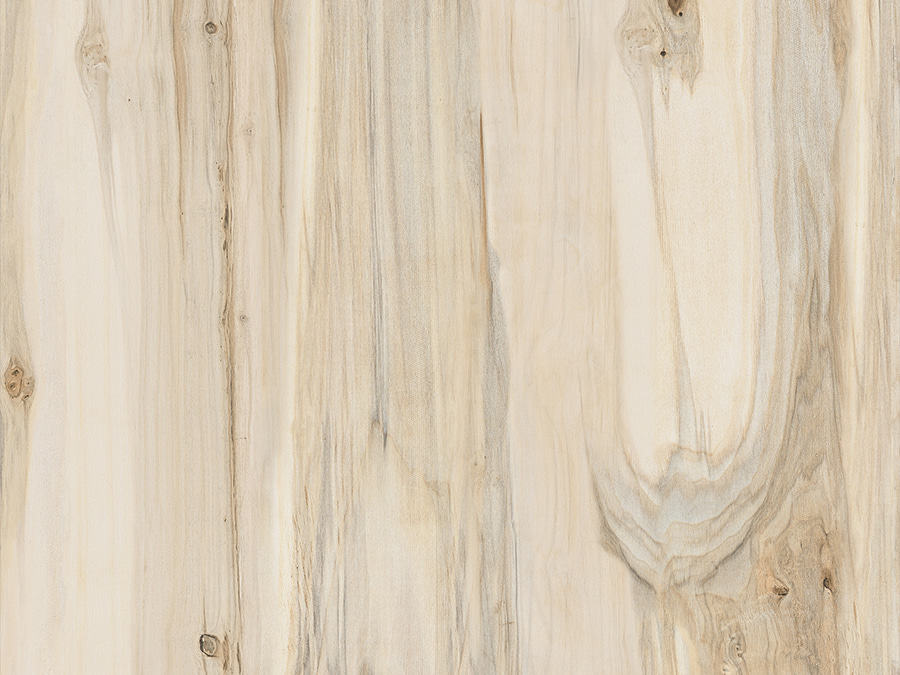Achieving the most realistic wood grain effect in decorative printing paper involves a blend of advanced printing technologies, high-quality materials, and meticulous design techniques. To create a convincing wood grain appearance, the printing process must accurately replicate the intricate patterns, textures, and color variations found in natural wood. This requires leveraging sophisticated digital printing methods that allow for detailed, high-resolution images to be transferred onto the paper.
The process starts with selecting high-quality base materials and inks that can capture and convey the depth and subtlety of real wood. Modern digital printing technologies, such as rotary screen printing and digital inkjet printing, are commonly used to achieve the desired effect. These methods allow for precise control over color gradients, texture, and grain patterns, ensuring that the final product closely resembles the natural wood it emulates. Advanced technologies can even replicate the tactile qualities of wood grain, such as the feel of raised textures, enhancing the authenticity of the paper.

In addition to technology, the design and artwork play a crucial role in achieving realism. Detailed high-resolution images of various wood grains must be meticulously designed to capture the unique characteristics of different wood types, from the deep knots of oak to the fine lines of walnut. This attention to detail in the design phase ensures that the printed paper will have the visual complexity and nuance required to convincingly mimic real wood.
The advantages of wood grain decorative printing paper extend beyond its visual appeal. Unlike real wood, which can be expensive and require significant maintenance, decorative printing paper offers a cost-effective and low-maintenance alternative. It is easier to apply and clean, making it suitable for a variety of surfaces, including walls and furniture. Additionally, it addresses environmental concerns by reducing the need for actual wood, thus supporting sustainable design practices.
By combining high-quality materials, advanced printing technologies, and detailed design, one can achieve a highly realistic wood grain effect in decorative printing paper. This approach not only enhances the aesthetic value of the paper but also provides practical benefits, making it a versatile and appealing choice for modern interior design.


 English
English русский
русский











